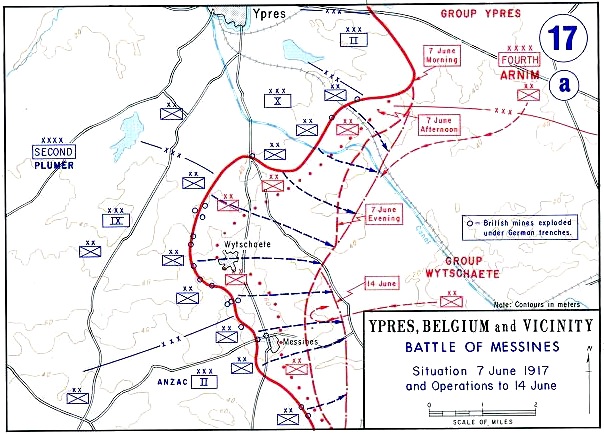| Name | Frederick ETHELL |
| Birth | 1877, PRAHRAN. VIC |
| Father | Henry ETHELL (1842-1909) |
| Mother | Caroline ESSENHIGH (1846-1908) |
| 1 | Elizabeth Magdeline Mckiever RIEGER |
Frederick ETHELL
| Regimental number | 868 |
| Religion | Church of England |
| Occupation | Manager Brick Works Mildura |
| Address | Mildura, Victoria |
| Marital status | Married |
| Age at embarkation | 39 |
| Next of kin | Wife, Mrs Elizabeth M Ethell, c/o Mr T Ethell, Wilson Street, East Malvern, Victoria |
| Enlistment Date | |
| Date of Enlistment from Nominal Roll | |
| Rank on enlistment | Private |
| Unit name | 38th Battalion, C Company |
| AWM Embarkation Roll number | 23/55/1 |
| Embarkation details | Unit embarked from Melbourne,
Victoria, on board HMAT A54 Runic on
|
| Rank from Nominal Roll | Lance Corporal |
| Unit from Nominal Roll | 38th Battalion |
| Fate | Killed in Action |
| Place of burial | Bethlehem Farm East Cemetery (Row E, Grave No. 5), Messines, Belgium |
| Panel number, Roll of
Honour, Australian War Memorial |
129 |
| Miscellaneous information
from cemetery records |
Parents: Henry and Caroline ETHELL. Native of Armadale, Victoria |
| Other details |
War service: Western Front Medals: British War Medal, Victory Medal |

38th Battalion
The 38th Battalion was formed on 1 March 1916 at a camp established on the Epsom Racecourse at Bendigo in Victoria. Early training was disrupted by a severe outbreak of cerebro-spinal meningitis in the camp, as a result of which the healthy members were transferred to a camp at Campbellfield, where the Battalion had to be rebuilt from fresh reinforcements.
After training in both Australia and Britain, the 38th Battalion crossed to France in late November 1916 and moved into the trenches of the Western Front for the first time on 1 December. During the harsh winter of 1916-17 the 3rd Division was heavily involved in raiding the German trenches. In February 1917 the 38th Battalion provided 400 troops, with a similar party from the 37th Battalion, to form a special raiding "battalion". After several weeks of training this force staged a single 35-minute raid on the night of 27 February and was then disbanded.
The 38th fought in its first major battle at Messines, in Belgium, between 7-9 June 1917. It fought in another two major attacks in this sector - the battle of Broodseinde on 4 October, and the battle of Passchendaele on 12 October. Broodseinde was a success, reflecting careful planning and preparation, but the 38th still suffered 29 per cent casualties. Passchendaele, however, was a disaster, executed in haste amidst horrendous conditions brought on by torrential rain. It was the 38th's most costly operation of the war, resulting in 62 per cent casualties.

